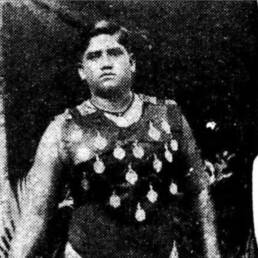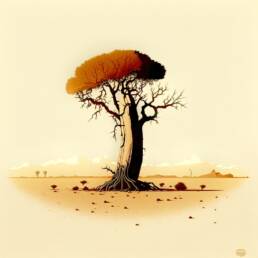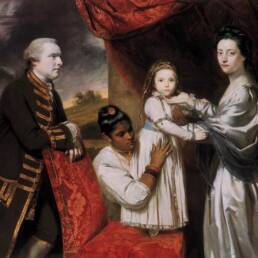Gandhi inspired so and so – a common phrase we have come across countless times. But how often did history talk about how a fragile, unassuming man from coastal Gujarat transformed into the focal point of India’s freedom movement?
Gandhi’s life and works can be divided into two phases – his early career in South Africa and the later half as a freedom fighter in India. Indian history however, for obvious reasons chose to emphasize on the later part.
However, the first phase was instrumental in giving us the man who not only anchored the non-violent freedom struggle, but would also shape India’s secular and tolerant ideals that largely held sway for 6 decades among a large part of the polity and public.
All this hinges on a letter. A letter that was neither written by nor addressed to Gandhi. It belonged to Taraknath Das. Does the name sound familiar? Let’s read on and find out.
19th century South Africa was a hostile land for Indians. Regardless of their education and profession, they were labelled as ‘coolies’ (labourers) and was at the receiving end of immense racial discrimination.
While traveling from Durban to Pretoria, Gandhi had his first taste of discrimination when a guard forcibly ejected Gandhi from the train along with his luggage at the Pietermaritzburg station in shivering cold as he dared to travel in the first-class compartment of the train.
The humiliation was far from over though. The following morning when Gandhi resumed his journey on the next train, a guard wishing to smoke asked him to leave his seat and sit at his feet. As Gandhi refused, he was left with a bloodied face, receiving vicious punches from the guard.
These initial incidents made Gandhi unsure whether to fight for his rights there or to come back to India!
Thankfully, a major turn of events during this crucial period of Gandhi’s life came when he read a previously unpublished letter written by one of the pinnacles of world literature – Leo Tolstoy, addressed to Taraknath Das, the founder of the North American journal ‘Free Hindustan’.
Das wasn’t just another name in India’s freedom struggle. Following the footsteps of Swami Vivekananda and Bipin Chandra Pal, Das spearheaded the nationalistic movement from North America under dramatic circumstances.
Das’ story deserves to be told but that’s for another day. However, we must revisit the incident without which this fascinating tale would remain incomplete.
While organizing the Asian Indian immigrants to strengthen the Indian independence movement, Das had written a letter, titled A Letter To A Hindu, seeking support from Tolstoy.
It started with a shloka from ‘The Vedas’ – “All that exists is One. People only call this One by different names.” and went on to explain his views to reach his goal to achieve freedom quoting Vivekananda and different shlokas from ‘Bhagavad Gita’.
In his response, which Das printed in his journal, Tolstoy argued that love was the only thing that connected all religions and that peaceful protests, strikes, and other forms of non-violent resistances were an effective means of revolution against the British colonial rule.
When Gandhi first read the letter, it gave his nascent ideology of non-violence, a seal of acceptance. He was so moved with Tolstoy’s vision that he decided to write back, asking for his permission to reprint the letter in his own South African newspaper ‘Indian Opinion’.
This accidental meeting with Tolstoy through printed words shaped Gandhi as the man whom India later regarded as the ‘Father of the Nation’. The correspondence between the two towering figures continued through the exchange of letters till the end of Tolstoy’s mortal life.
As Gandhi started his defiance through Satyagraha in South Africa against the racial discrimination, he commemorated his prime influencer by naming his ashram in Transvaal as ‘Tolstoy Farm’.
It is a reasonable argument to confront violence with violence as it’s a part of basic human instinct. However, to conquer that, one needs to go the extra mile. Tolstoy had the vision, Gandhi executed it and those who followed him brought the freedom for India.
We can only hope that India will continue to uphold the vision of Leo Tolstoy that resonated with Bhagavad Gita –
“…for I have placed thee in broad, smooth paths,
which are strewn with flowers.
I have put a light before thee,
which thou canst follow and thus run without stumbling.”.
Source:
Mahatma Gandhi and Leo Tolstoy Letters – Edited with Introduction and Notes by B. Srinivasa Murthy and Foreword by Virginia Hartt Ringer
Wikimedia Commons




